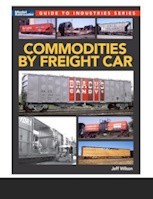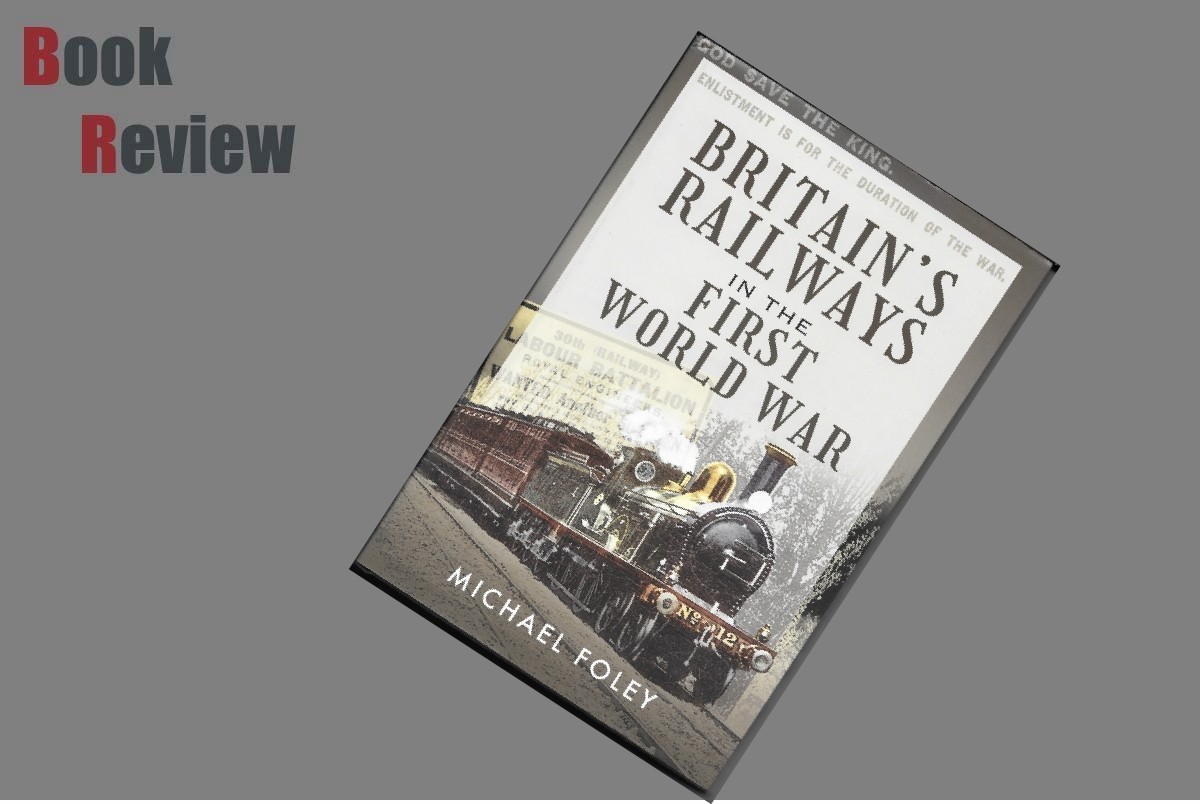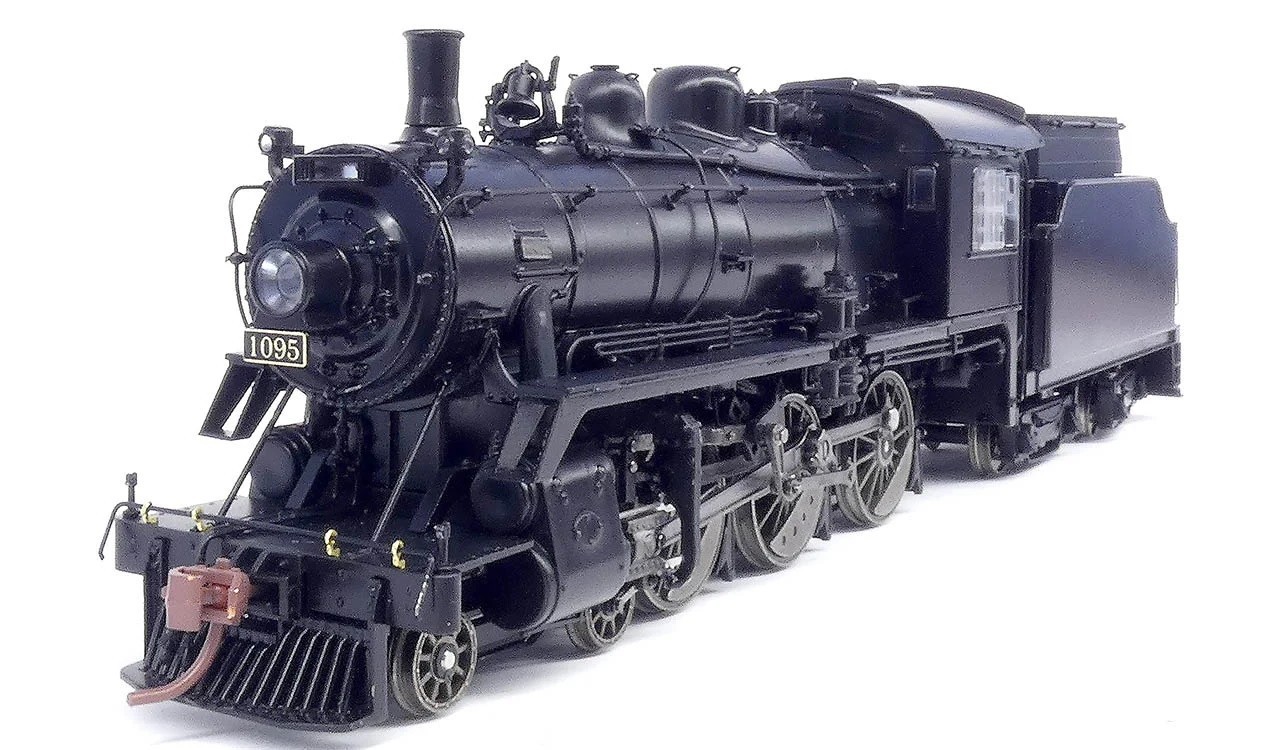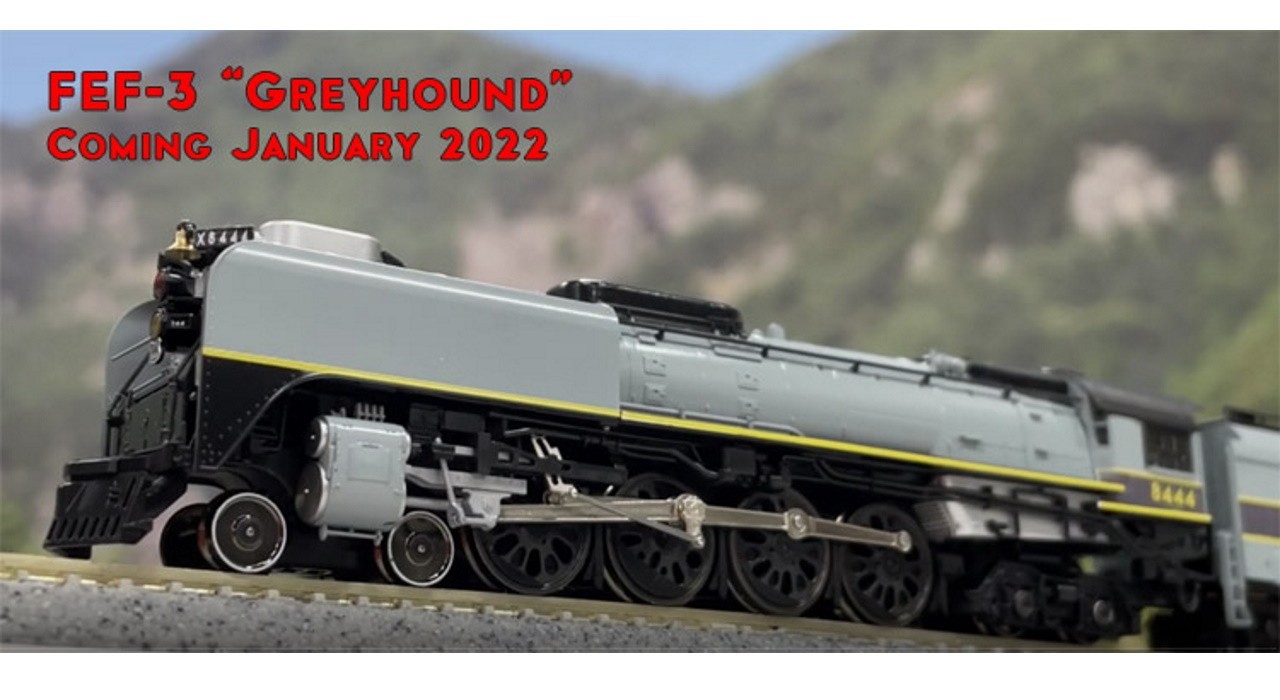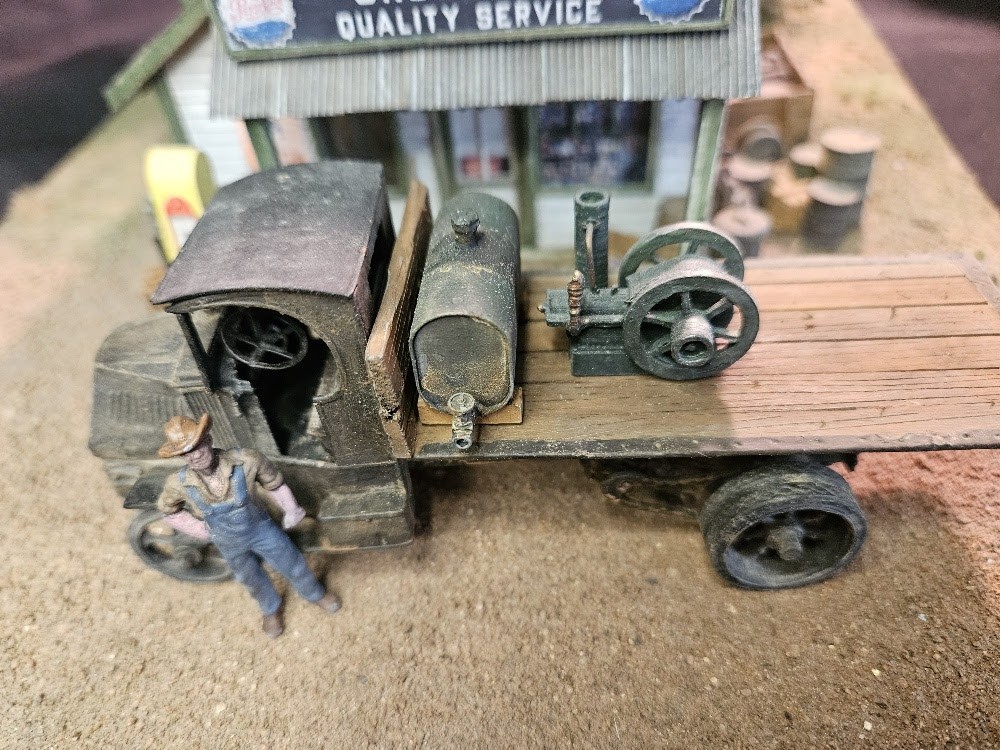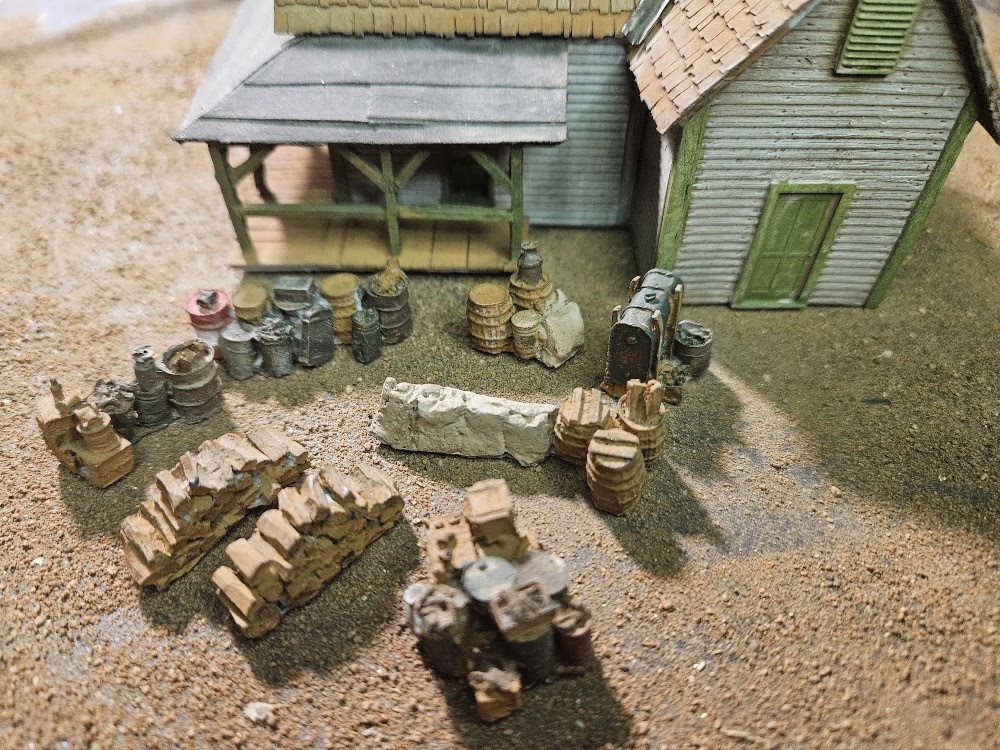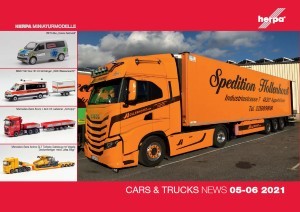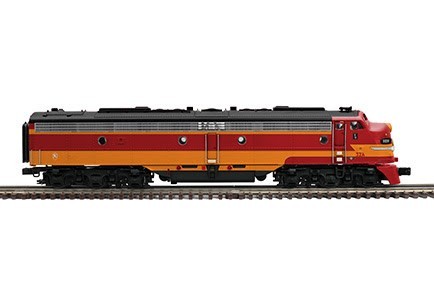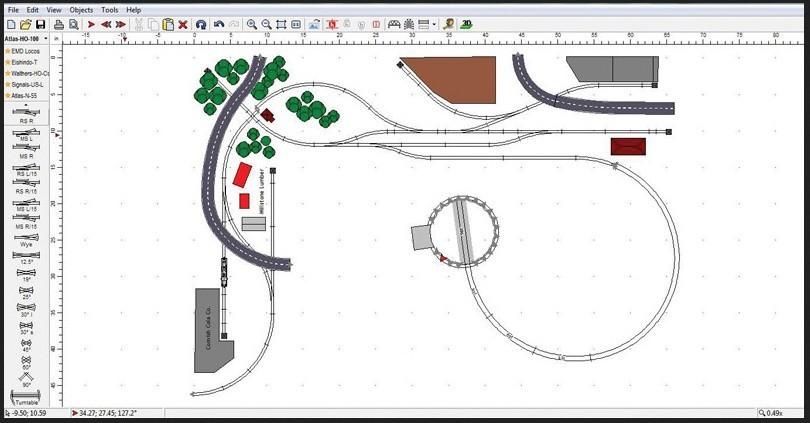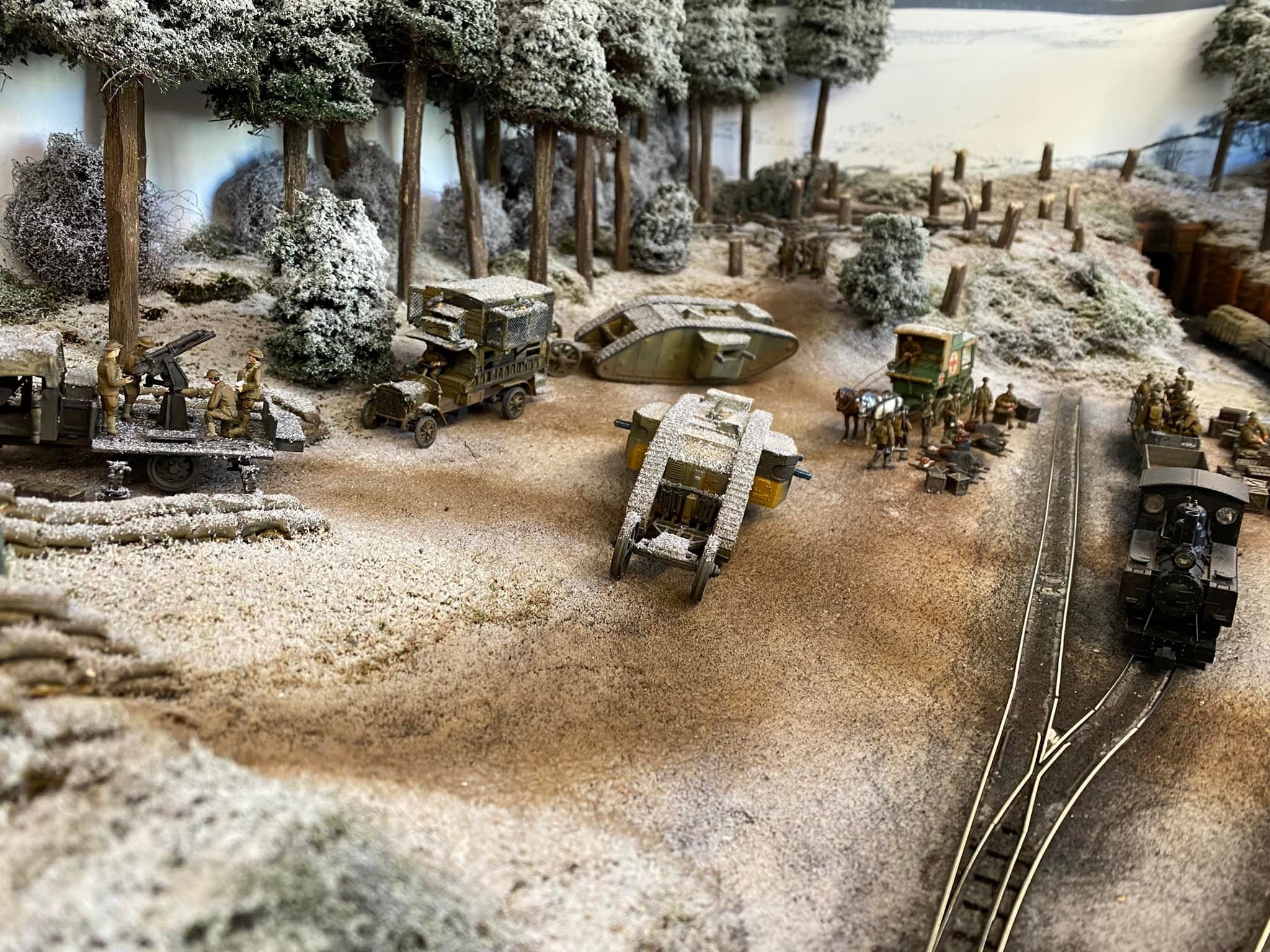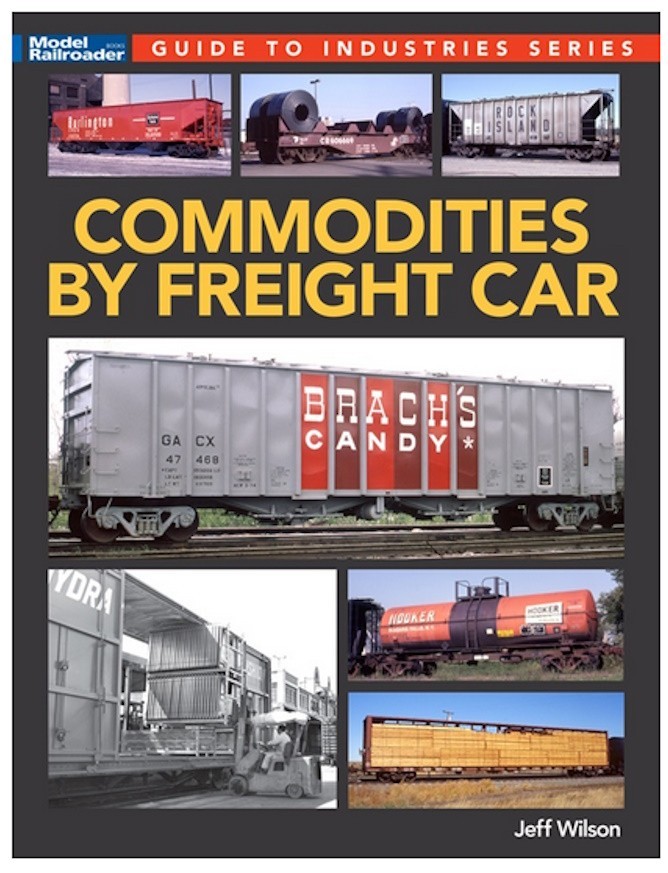
Introduction
Commodities by Freight Car is a new release from Kalmbach Media. Authored by Jeff Wilson, this 8.25 x 10 format 111-page softcover, part of the Guide to Industries Series, is catalogued as Item #12846 and with ISBN 978-1-62700-941-6.
Kalmbach introduces this book with:
As the production and consumption of commodities like grain, coal, lumber, coil steel, cement, and more have evolved over the years, so have the railroad cars that haul them. Commodities by Freight Car shows you which cars carried which cargoes in the era you model.
This book explains technical aspects of size and shape, lading effects, carriage of hazardous cargoes and non-solids, successful and failed designs, and numerous other subjects.
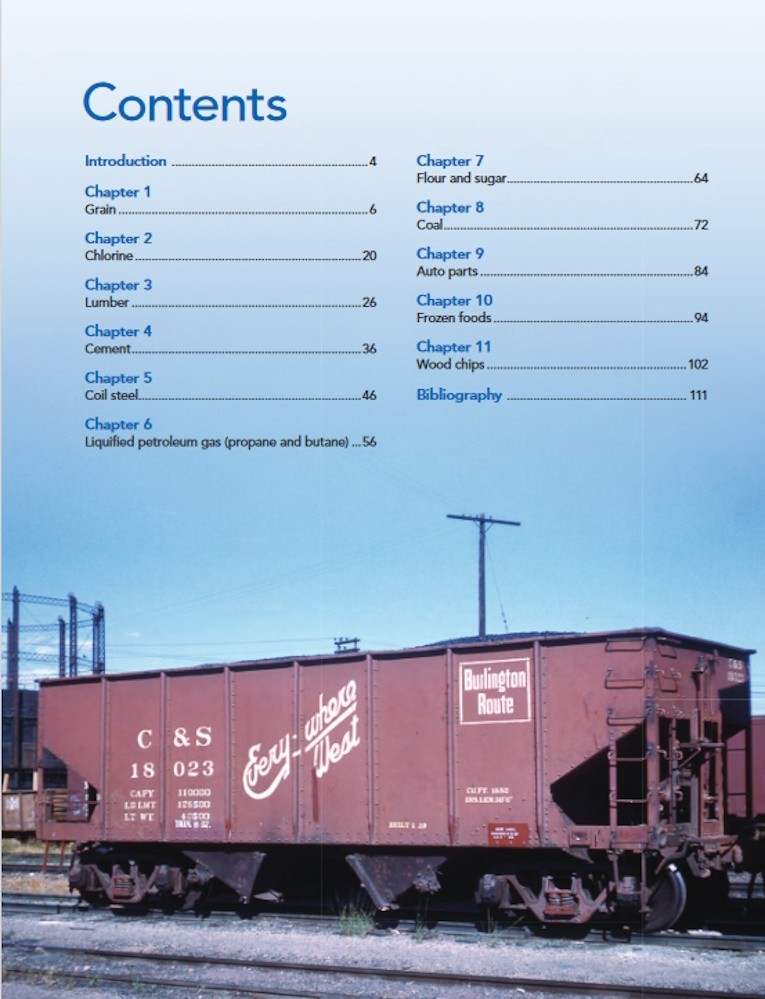
The book is cleanly organized and written. Call out boxes and sidebars emphasize subjects, i.e., Car capacity and clearances, Covered hopper ownership, Domino Sugar's unique bulk car, brightly colored Modeling Tips/Information, and Coal grades and sizes.
The author starts the book with a survey of creating particular models: Car evolution; Car identification; Modeling; Resources. Much of the information comes from issues of The Official Railway Equipment Register (ORER). The paragraphs do not attempt to describe each car in detail but does "throw the switch to the correct track." The author does mention some particular trivia and characteristics, i.e., the number of cars with special grain doors owned by specific railroads.
Railroad aversion to single-commodity cars is explained and thus some interesting conversion methods are shown. Ever wonder why boxcars rolled by with doors open revealing large paper panels? I threw away my loaf of bread after seeing cattle cars converted for grain haulage. (Are those really raisins in the raisin bread?) The author supplies other interesting data such as the increase in board-feet a lumber car could hold if the lumber was pre-bundled vs hand-stacked.
Challenges and solutions for loading/unloading is covered, as well as the related problems with shifting loads or spillage is discussed as well. Railroad attempts to combat such damage - successes and failures - is covered. I was surprised by the length of the chapter concerning the transportation of cement.
Methods and designs sometimes changed over the decades and the author presents those facts in this interesting and informative book.
Photographs and Other Graphics
Unusual to me, this book contains no tables or charts or maps. That is not a criticism, just an observation about a difference between this book and other Kalmbach books I recall. It does contain many call outs and sidebars.
Typical of Kalmbach, a gallery of excellent photographs fill the book. Most are high-quality color photos. Some taken with 1960s-70s cameras show degradation but there is not a photo in the book I consider to be bad. The photos show the cars, often with detailed close-ups, many interior and other detail views, and many showing railroad workers art work on/in the cars. All photos feature captions of varying size and thoroughness. The images effectively support the text.
All images in this review were taken from the Kalmbach page for this book.
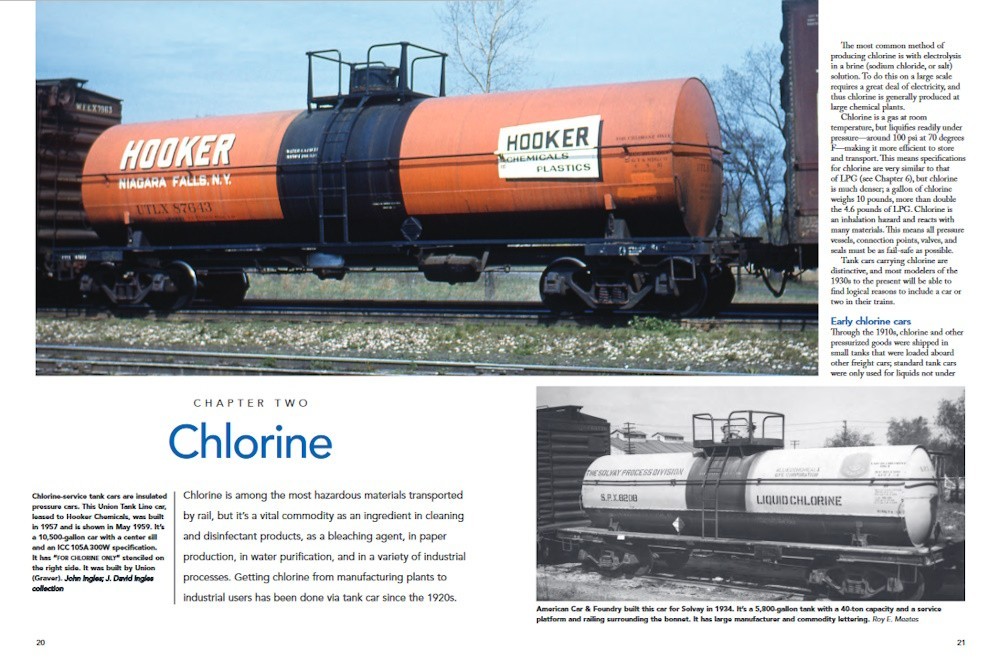
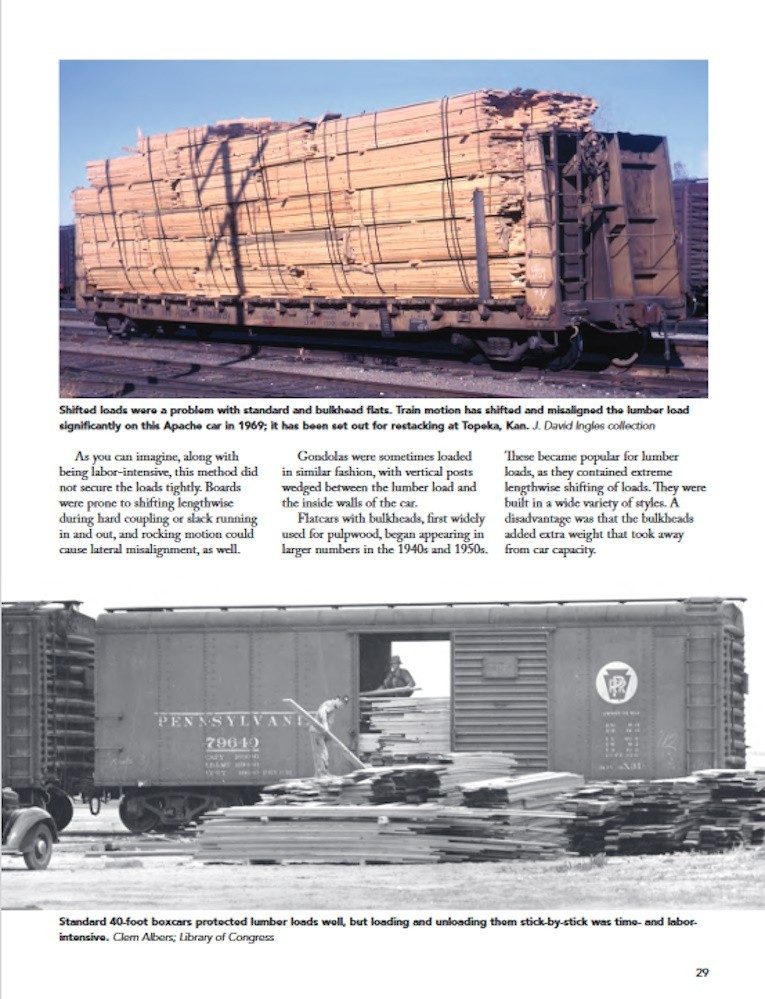
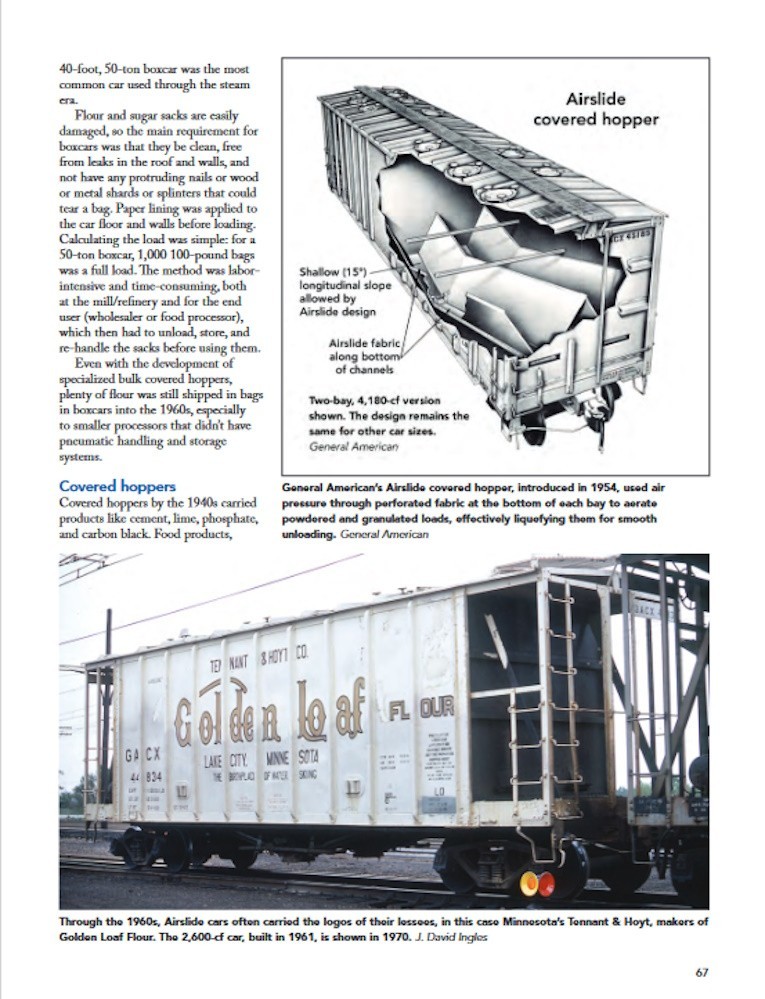

Conclusion
Every Kalmbach book I have is top-notch and Commodities by Freight Car is no exception. Full of fine photos, with sidebars and call outs for emphasis, and erudite text, this book can be a valuable resource for modelers seeking authenticity with their consists.
I learned a few things and believe that any model railroader will find something for which it will be worth obtaining a copy of this book. Recommended.
Please mention to Kalmbach and retailers that you saw this book here - on RailRoad Modeling.










